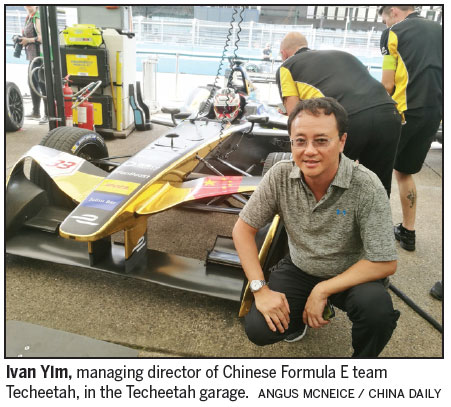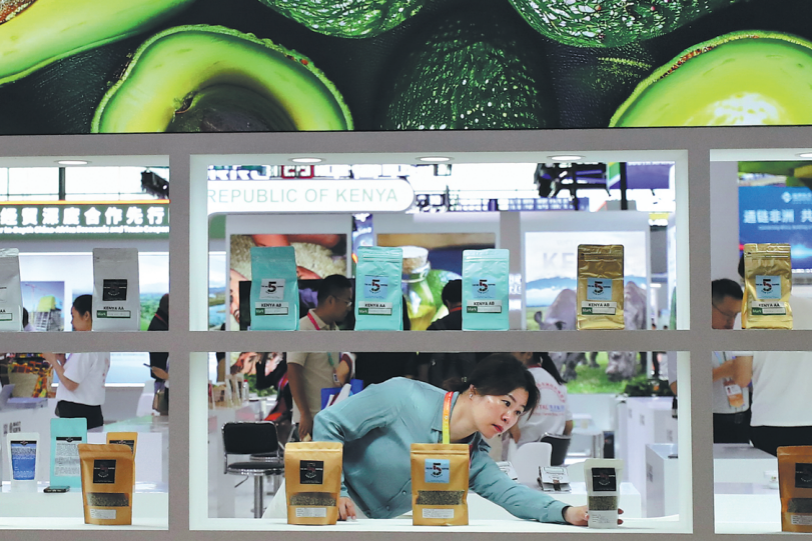Technology sets rapid pace for vehicles

While the young sport of Formula E has evolved rapidly in three seasons, its founding aim has remained constant - to demonstrate the potential of electric vehicles through motor-sport.
It has done this in part by taking electric cars to the public, staging urban races where city dwellers in Monaco or Paris can watch from their windows as the race cars whip by at speeds of up to 225 kilometers per hour.
And it's done this through advances in technology, producing new motor, inverter and gearbox solutions that are transferrable to commercial electric vehicles.
Ivan Yim, managing director of Chinese Formula E team Techeetah, tells China Daily: "With Formula 1 it typically takes five to 10 years for the technology to go from there into your commercial road car. In the context of Formula E, the technology is immediately available for use in commercial road cars."
Battery and charging technology developments are key areas in the world of electric vehicles. Formula Edrivers must change cars during a pit stop halfway through the race due to limited battery charge. This made BMW hesitant to join the championship, as the range of electric cars compared with combustion engines is a common concern for potential consumers.
This is all due to change next year. The Williams battery that all cars are mandated to use will be replaced by a new McLaren cell that can last the entire length of a race, and all cars will use them when season five begins in late 2018.
In season one, all cars had the same McLaren power train the term used to describe the parts of the car excluding the battery and chassis, namely the motor, transmission, drive shaft and differential. From season two onward, teams could use different designs, and in 2018 BMW will join as one of nine manufacturers of Formula E powertrains.
Jean Todt, president of motor sport's governing body the Federation Internationale de l'Automobile, says: "The homologation of the power trains that will be used as from season five is a very significant step because it means the cars will be able to run for twice as long while, at the very least, maintaining the same performance level."
He adds: "This highlights how motor sport can stimulate and accelerate development of new technologies which can then be applied to road cars. And in this case, it has even more of a key role, given that at the moment, electricity is one of the more practical alternatives when it comes to finding new forms of more sustainable mobility in the future."
According to Gerry Hughes, team principal of team NextEV, the link between innovation in Formula E and the commercial electric vehicle industry is what's so attractive about the sport to manufacturers. NextEV is owned by Chinese electric car manufacturer NIO, where Hughes is also head of the performance program.
"There are direct synergies and links between what we're doing here in the field and in road vehicles," Hughes tells China Daily. "We are in the dawn of a new era. Formula E is very relevant to the consumer on the high street."

(China Daily European Weekly 06/16/2017 page26)






























